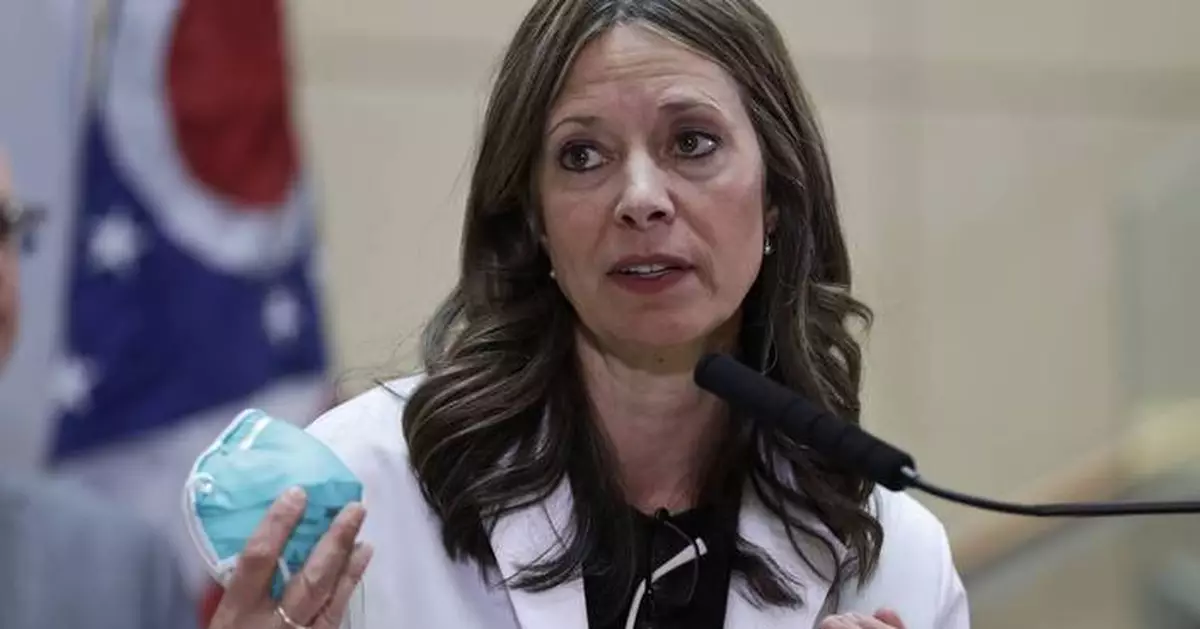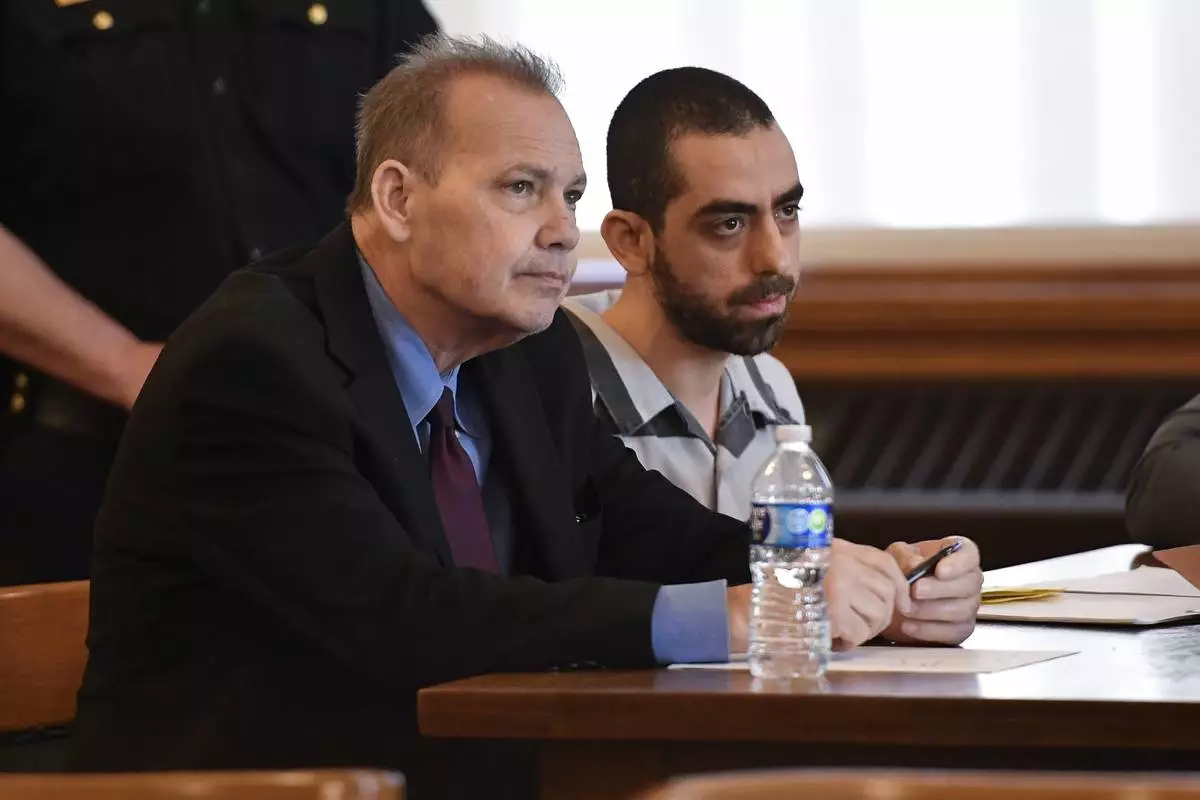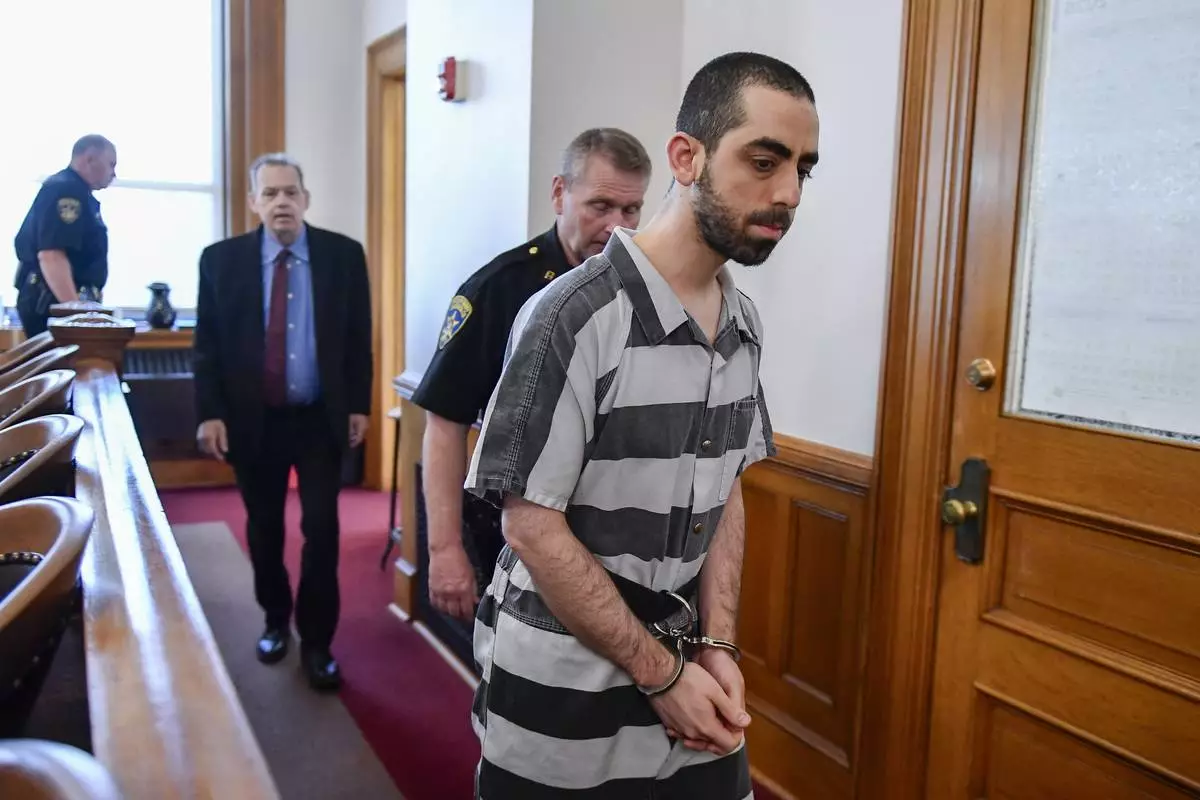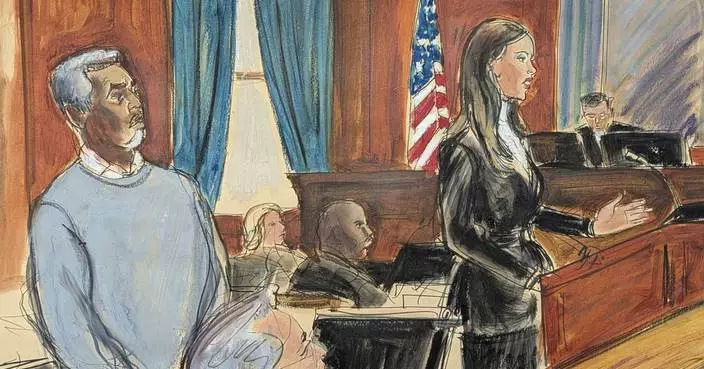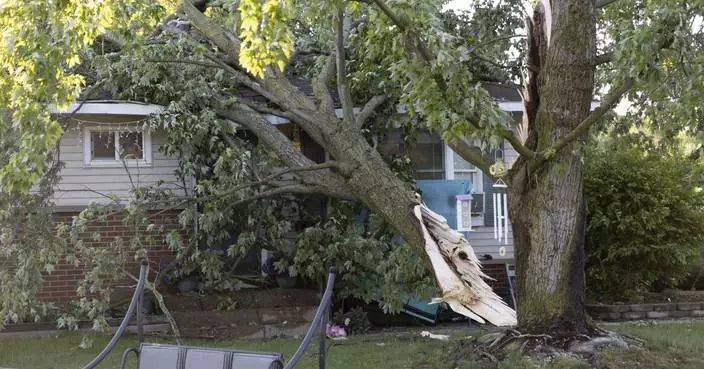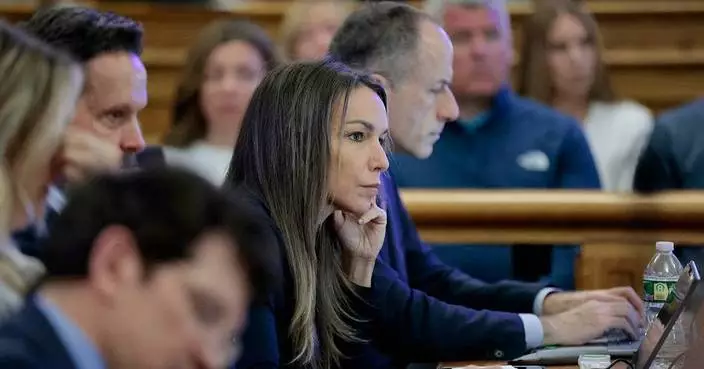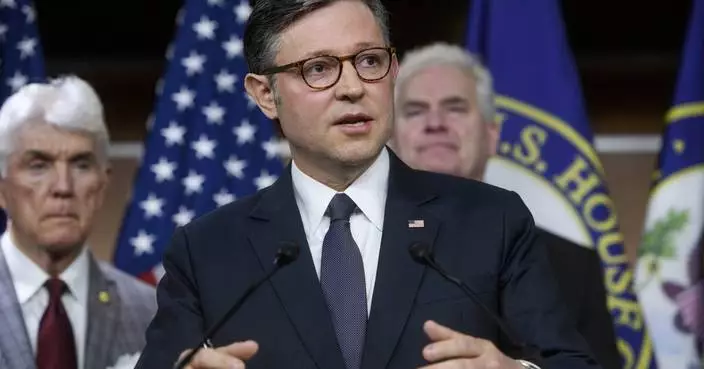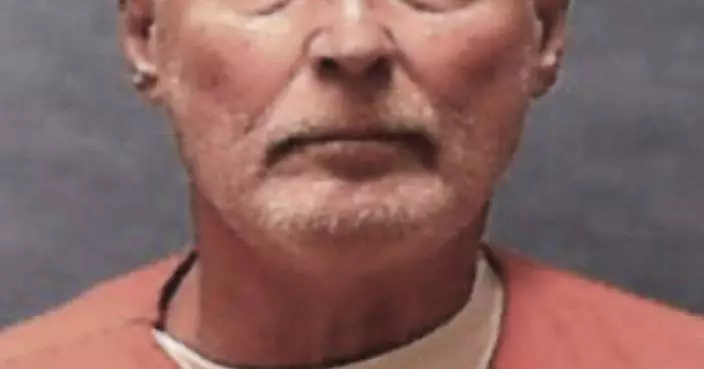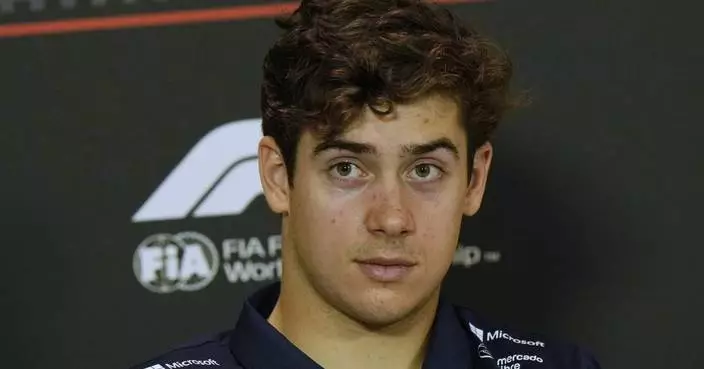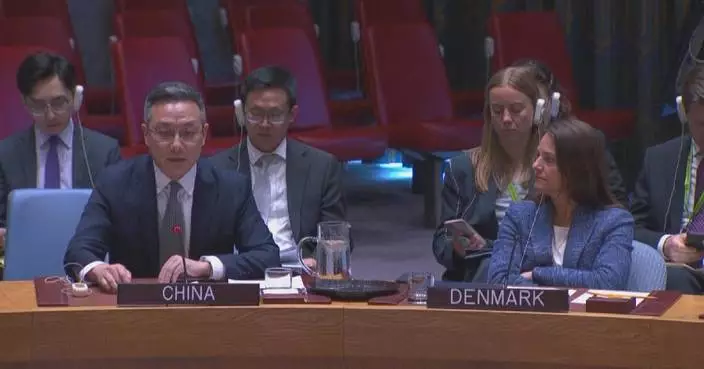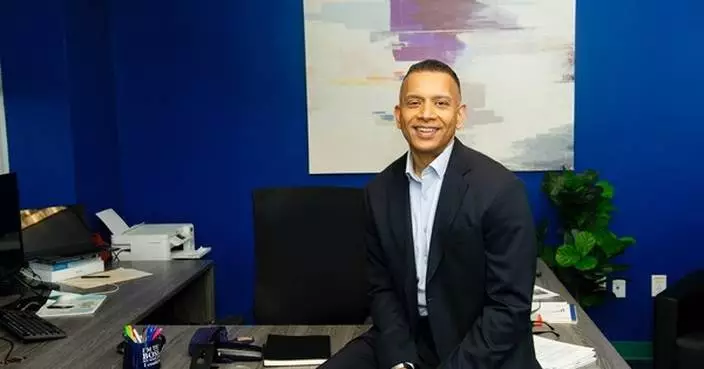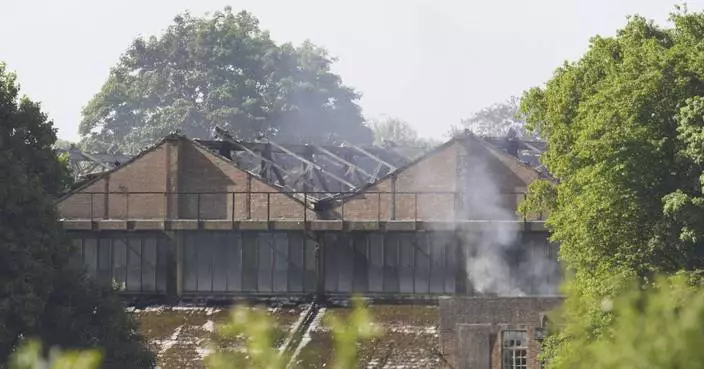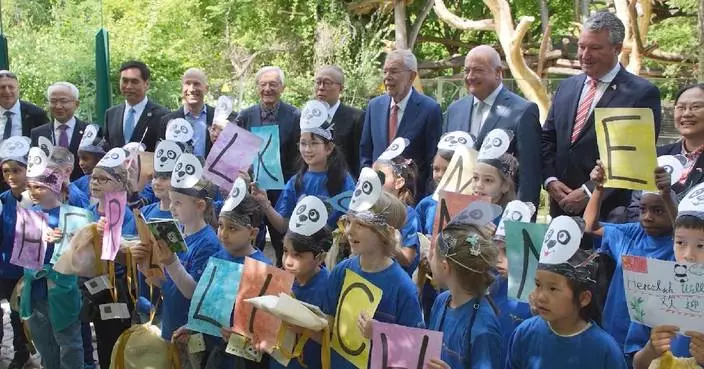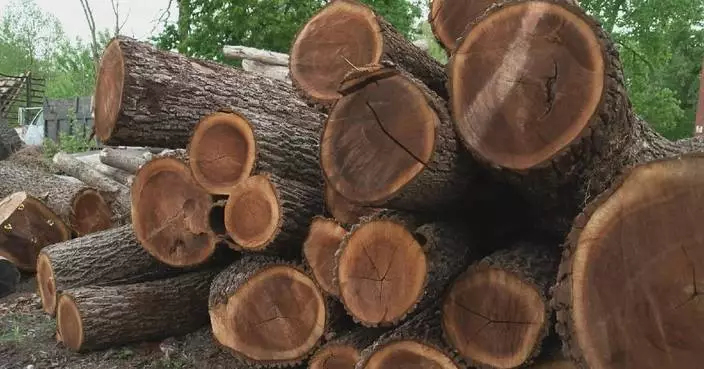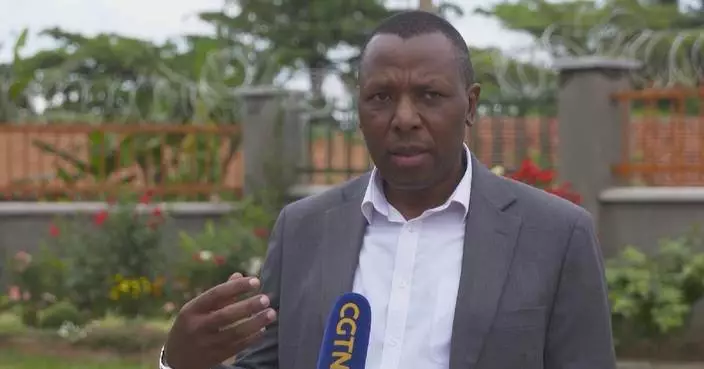COLUMBUS, Ohio (AP) — Former Ohio Health Director Amy Acton, who became a household name in the state in the early days of the COVID-19 pandemic, is running for governor.
Acton, 58, a physician and public health expert who stood alongside Republican Gov. Mike DeWine for months during his daily coronavirus briefings, said people still stop her in the grocery store or at a restaurant to share their struggles — and she doesn't want to look away.
“I feel like I have a bond with Ohioans and a connection,” she said in an Associated Press interview. “You don’t go through what we’ve been through — trying to save 11.7 million people the way we did — and not have some special connection.”
Acton filed paperwork and launched her campaign Tuesday. She plans to run as a Democrat, which places her at an immediate disadvantage in a state that has turned solidly red in recent years.
While she has said before that serving in DeWine’s cabinet taught her much about how the office operates, on Tuesday she said she believes that Ohio's Republican leaders — who control all three branches of state government — are spending too much time fighting the culture wars and they're taking the state in the wrong direction.
“It’s not OK with me that Ohioans don’t live as long as people do in other states," she said. "It’s not OK with me to watch what used to be a top education system, state-of-the-art education system, begin to fall year after year after year. It’s not OK with me that our GDP is like 45th and our biggest export is Ohioans, is young people.”
Acton's entry into the race comes as Republicans Lt. Gov. Jon Husted and Attorney General Dave Yost already are positioning to run for the seat, which the 78-year-old DeWine must vacate next year due to term limits. But the landscape of the race is far from settled.
DeWine has yet to appoint a replacement to U.S. Sen. JD Vance, who will be inaugurated as Donald Trump's vice president Jan. 20. Though DeWine has long endorsed Husted as his favored successor, the lieutenant governor is now considered a leading contender as his pick for the Senate. That's after Husted and DeWine met with Trump and Vance last month at Mar-a-Lago, a trip first reported by WEWS-TV.
Giving Husted the job would create a political opening for Trump insider Vivek Ramaswamy to possibly make a gubernatorial run against Yost in the 2026 primary. Ramaswamy has said he would not seek the Senate opening — Ohio's third in as many years — right now, because he's busy heading Trump's Department of Government Efficiency effort with Elon Musk. DOGE is not an actual government department, but a private effort.
DeWine plucked Acton from Ohio State University, where she was an associate professor of public health, to lead the Ohio Department of Health in 2019. As the pandemic ramped up in early 2020, she was thrown into the state and national spotlight — becoming a beloved source of comfort to many viewers of the governor's daily news conferences.
For her service as health director, Acton earned the John F. Kennedy Library Foundation’s Profile in COVID Courage Award, the Columbus Foundation’s Spirit of Columbus Award and Ohio State’s highest alumni honor, the Alumni Medalist Award.
But her position as the face of the DeWine administration's aggressive stance against the virus also earned Acton many enemies, among them Statehouse Republicans and average Ohioans who opposed pandemic restrictions.
During the crisis, Acton used the health director's broad emergency powers to halt the state's 2020 presidential primary, to temporarily close gyms and fitness centers around the state, and to impose stay-at-home orders as the administration tried to prevent COVID’s spread. Husted also took part in the administration's COVID response, but not to the extent that Acton did.
After a grueling period of public exposure, angry demonstrations, lawsuits and personal attacks, Acton resigned her state job in June 2020. DeWine sent her off fondly, describing her as a hero in a white coat. She stayed on as his chief health adviser until that August.
She said Tuesday that she recognizes she has not held elective office, but she feels she has the skills necessary to do the job.
“We know that I’m a doctor. I’m not a politician,” she said. “But I am a leader, and I tend to think of myself as more of a public servant and a problem solver.”
After leaving government, Acton joined the Columbus Foundation as a grants director with the title “vice president for Human:Kind.” She left that post after about six months to explore a run for U.S. Senate, ultimately deciding against joining the 2022 contest won by Vance. She later took on a job as director of the city of Columbus' Project L.O.V.E., an initiative aimed at encouraging early vaccinations in children.
Acton said she has spent all that time supporting candidates and causes that she believes in and carefully considering whether to enter politics.
“My challenge to whoever else wants to run in this race is it's time to put something bigger than ourselves at the top here,” she said. “So many of us have values in Ohio that we all hold dear. We have got to put the real problems, the day-to-day problems we all face on the table and put that first.”
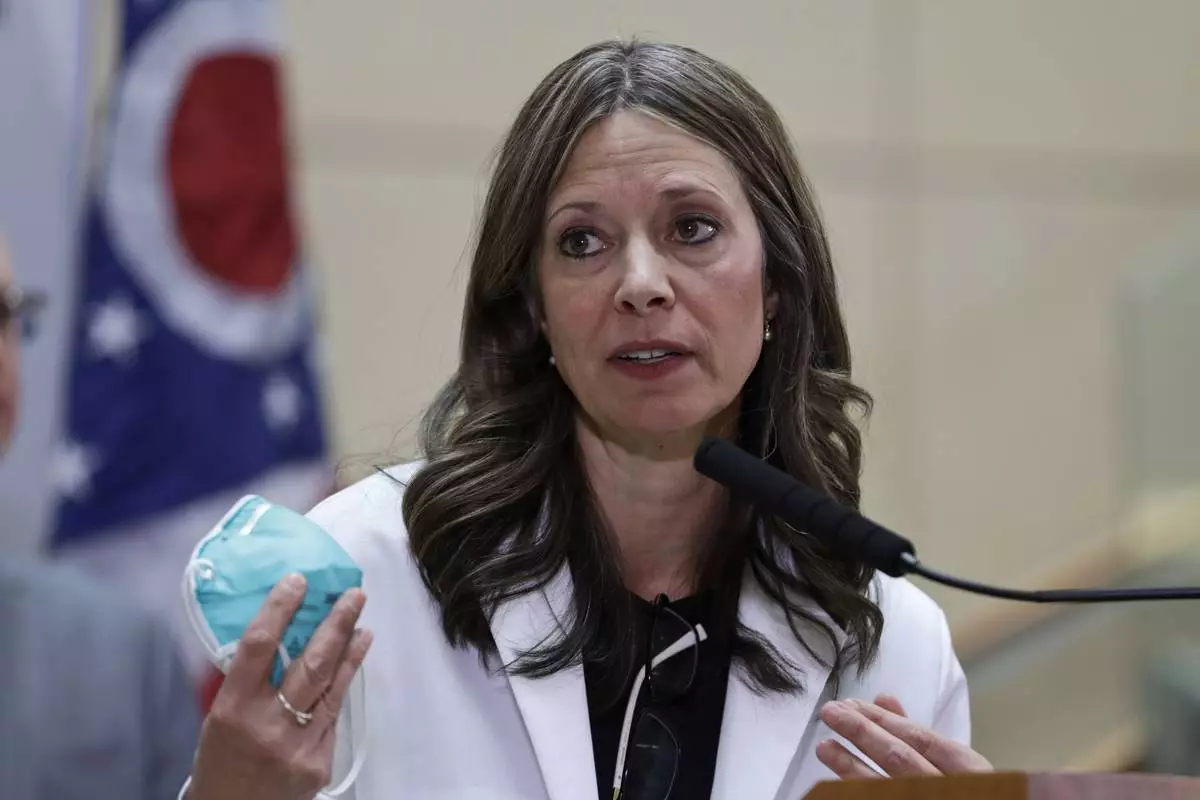
FILE - Ohio Department of Health Director Dr. Amy Acton gives an update on the state's preparedness and education efforts to limit the spread of COVID-19 in Cleveland, Ohio, Feb. 27, 2020. (AP Photo/Tony Dejak, File)


